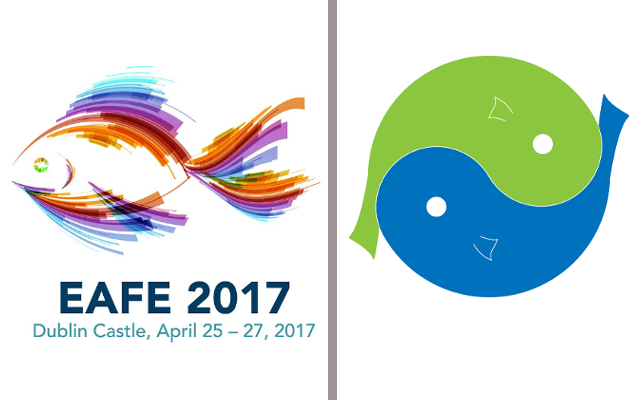PrimeFish presents results on seafood consumption in the EAFE conference
PrimeFish endeavors regarding the drivers and barriers for seafood consumption and the analysis of the French consumption will be presented in the XXIII Conference of the European Association of Fisheries Economists (EAFE) which will be held at the Dublin Castle from the 25th to the 27th April 2017.
On the 25th of April, Arnar Buason will present his work related to the French consumers under the title “Fond of Fish? A Count Data Analysis of How Frequently French Consumers Purchase Seafood” on the session entitled “Markets and Marketing of Fish Products”, while on the 26th of April, Kolbrún Sveinsdottir will introduce the public to the “Motives and Barriers for Seafood Consumption: Consumer Perception in Five European Countries” in the session number 13.
Fond of Fish? A Count Data Analysis of How Frequently French Consumers Purchase Seafood
The analysis of purchase frequencies of seafood in France realized by PrimeFish outlined the link between some products and their target consumers. The typical French fresh salmon buyer is a healthy upper-class individual with university education living in the Paris area or the North of France. Frozen salmonids (trout, salmon) attract younger consumers with university education from the East, South and Paris area. Fresh cod consumers are seniors, living in small households who do not own their own housing.
By contrast, the buyer of frozen white fish is older, lower middle to tower class individual living in the south of France who comes from a large household. Other categories of products, such as canned tuna or shrimp, are consumed by older, lower middle class individuals coming from a large household in the center of France.
Next year the PrimeFish consortium will focus its efforts on the investigation of institutional analysis, sectoral dynamics, the benefits of increased fish consumption on the health of consumers, non-market effects of aquaculture and captured fisheries, consumers’ willingness to pay for seafood products and the realm of social awareness regarding seafood consumption.
Motives and Barriers for Seafood Consumption: Consumer Perception in Five European Countries
Among its first results, PrimeFish has finished a qualitative study focused on the drivers and barriers for the consumption of salmon, trout, seabass, seabream, herring and cod in some of the most important European markets (France, Germany, Italy, Spain, United Kingdom). The endeavor concluded that seafood maintains a general positive image because of its nutrient content, being considered as a light food and having a healthy image. Nonetheless, price, bones and the lack of skills to cook seafood remain as the main barriers for its consumption. Many interviewees cited origin and the negative press on farmed fish as their major concerns. Heavy and light fish consumers were included in the 90 interviews that were realized.
Spanish and Italian consumers prefer fresh fish, with origin being one of their main concerns and sellers playing a major role in the purchasing decision. In Germany, consumers outline origin, but also sustainability, traceability and organic production as being of high importance when choosing seafood products. British consumers choose chilled and ready to eat or ready to heat products, with certifications being important. However, origin is not an important element in its market. French consumers opt for fresh fish but canned, smoked or frozen products are bought when there is a lack of knowledge or experience in buying fresh fish.
The PrimeFish poster will also be displayed in the conference.

